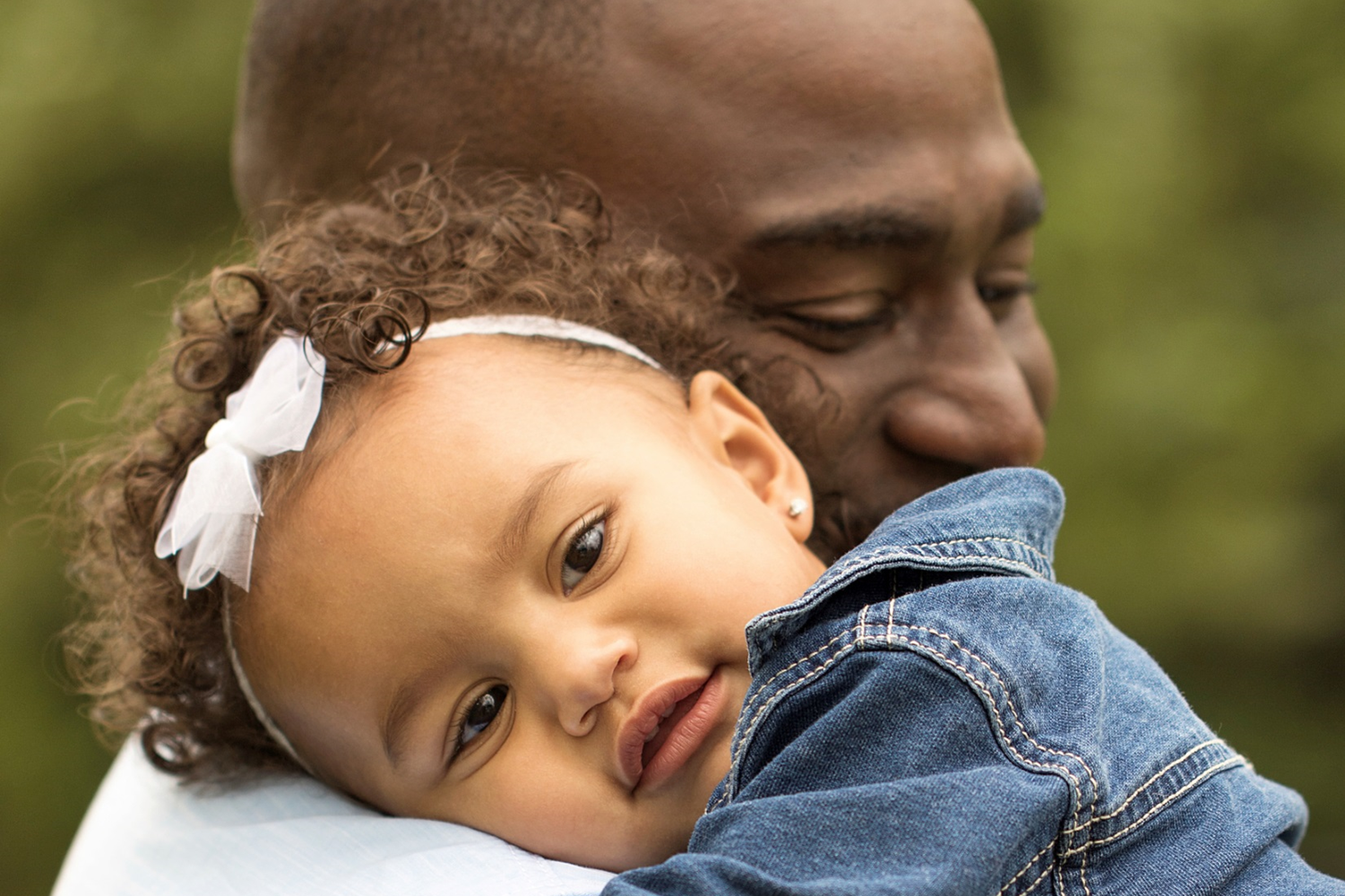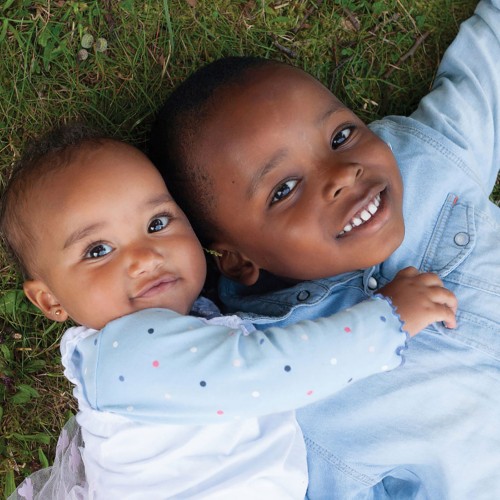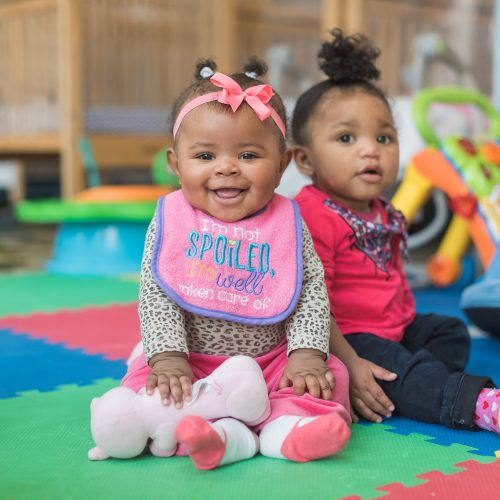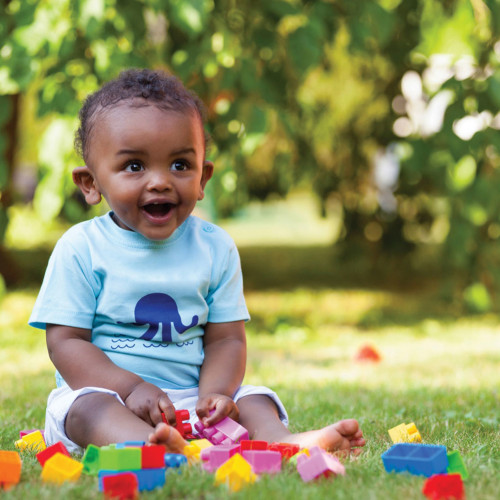Poverty creates a level of unrelenting stress for parents and their children. Infant mortality rates are significantly higher in low-income communities, and growing up in extreme poverty can have long-term effects on children’s brain development — a condition known as “toxic stress.”
But poverty alone doesn’t explain this disparity between low-income and higher-income communities. Two recent articles and a podcast call attention to the role of racism in both infant mortality and child development.
An article from The Nation (“What’s Killing America’s Black Infants?”) notes that “a growing body of evidence points to racial discrimination, rather than race itself, as the dominant factor in explaining why so many black babies are dying. The research suggests that what happens outside a woman’s body — not just during the nine months of pregnancy — can profoundly affect the biology within.”
And it highlights the stark situation right here in the District of Columbia: “In the capital’s Ward 8, which is the poorest in the city and over 93 percent black, the infant-mortality rate is 10 times what it is in the affluent, predominantly white Ward 3.”
The second article (from Salon, “How an Iowa immigration raid affected infant health”) and the podcast (from Vox’s The Weeds, “Weeds in the Wild: Postville”) explore the impact of a major immigration raid in Postville, Iowa, and its effects on the health of Latino infants born in the nine months after the raid as fear and stress rippled through immigrant communities across Iowa.
The Salon article notes: “Latino infants born after the Postville raid were 24 percent more likely to be born at a low birth weight than Latino infants born before the raid… It is unlikely that these findings are due to random chance. The risk of low birth weight among infants born to Latinas in Iowa was higher after the Postville raid than at any other time in a 10-year period.”
We are glad to see these issues getting broader attention. The work of the Birth-to-Three Policy Alliance is putting factors such as race and place at the forefront. While addressing poverty is a critical part of this work, a sole focus on that alone — without taking into account structural and institutional racism — will not get us to a place where children’s futures are no longer predicted by the color of their skin or the address on their mailbox.





